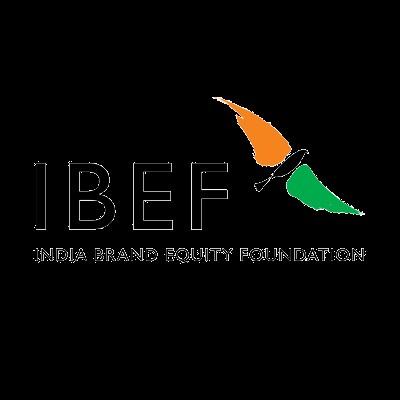







• Indian handloom refers to the traditional practice of weavingfabricsbyhand,usinglooms.Itisanancientcraft, with its origins tracing back over 4,000 years, deeply embeddedintheculturalandsocialfabricofIndia.
• Handloom weaving is not just a method of cloth production; it represents a crucial aspect of Indian heritage, showcasing regional artistry, motifs, and techniques. This craft plays a significant role in the livelihood of millions, supporting artisans across various states.
• Each region in India contributes its unique patterns, materials, and weaving styles, making Indian handloom productsdiverseandrichinculturalsignificance.



The Indian Handloom Industry isavibrantfacet of the country's rich cultural heritage, significantlycontributingtoitseconomy.
Encompassing a vast array of artisans and handloom manufacturers, it stands as one of the largest sources of employment after agriculture.
AccordingtotheIndiaBrandEquityFoundation, itsustainsover4.3millionweaversandworkers, showcasing its extensive reach and pivotal role inIndia'ssocio-economicframework.

Aims to bolster the Indian handloom sector through modernization andcomprehensivedevelopment.
The National Handloom Development Programme (NHDP) supports artisanswithaccesstorawmaterials,finance,andmarketlinkage.
Facilitates skill upgradation and technological advancements for handloommanufacturers.
Highlighted by success stories: Increased earnings for artisans and global recognition of Indian handloom products. Empowers communities, preserving cultural heritage while ensuring sustainable growth.


HEPC pioneers the global promotion of Indian handloom products, enhancingvisibilityandmarketreach.
Initiatives by the Handloom Export Promotion Council include internationaltradefairs,exhibitions,andB2Bmeetings,showcasing therichdiversityofIndianhandloomtotheworld.
Achievements include significant growth in exports and the establishment of Indian handloom as a cherished brand in key globalmarketsliketheUSA,UK,andJapan,emphasizingqualityand tradition.


Indian handloom products have a global reach, showcasing their acceptance and demand across major international markets like the USA, the UK, Spain, Australia, Italy, Germany, France,andSouthAfrica.
TherearevariouscasestudiesofIndian handloom success stories, illustrating the craft's versatility and appeal beyondIndianborders.





There are environmental advantages of handloom production, due to its low carbon footprint and minimal waste generation compared to conventional textilemanufacturing.
Indian handloom is a paradigm of sustainable textile production, highlighting its reliance on natural fibers, traditional techniques,andrenewableresources.
There are initiatives to bolster eco-friendly practices among handloom manufacturers, including the adoption of naturaldyesandsustainablerawmaterials, aimed at further reducing the ecological impactofhandloomproducts.
Handloom exports significantly contribute to India's GDP, showcasing the sector's economicvitality.
Akeysourceofemployment,theindustryis pivotal for rural livelihoods, especially for women, promoting gender equality and empowerment.
The image highlights crucial export data, revealing positive trends and the global demand for Indian handloom products. It illustrates the sector's growth, market destinations, and the diversity of exported handloom clothes, underlining its global economicimpact.


Indian handloom faces stiff competition from cheaper, mass-produced machine-made textiles, challengingitsmarketshareglobally.
A crucial challenge is preserving the rich traditional skills and knowledge passed down through generations,amidstmodernizationpressures.
Adapting to rapidly changing global fashion trends is essential for staying relevant, requiring innovation while maintaining the authenticity of handloom products to meet contemporary consumer preferences.


• Innovation in design and technique is key to keeping Indian handloom relevant and appealinginglobalmarkets.
• Digital marketing is used strategically to boost global visibility and demand for Indian handloom products.
• It is important to strengthen the supply chain and infrastructure to ensure quality, efficiency, and sustainability, thereby supporting the handloom industry's growth and resilience in theinternationalarena.



Consumers and businesses can bolster the Indian Handloom sector by prioritizing handloom clothes for their authenticity and craftsmanship, directly impacting artisan communities.
International partnerships and collaborations are crucial in expanding the global market for Indian handloom, fostering cross-cultural exchangesandeconomicgrowth.
Choose handloom to support sustainability and preserve the rich heritage of India, encouraging responsible consumption and investmentintraditionalarts.





